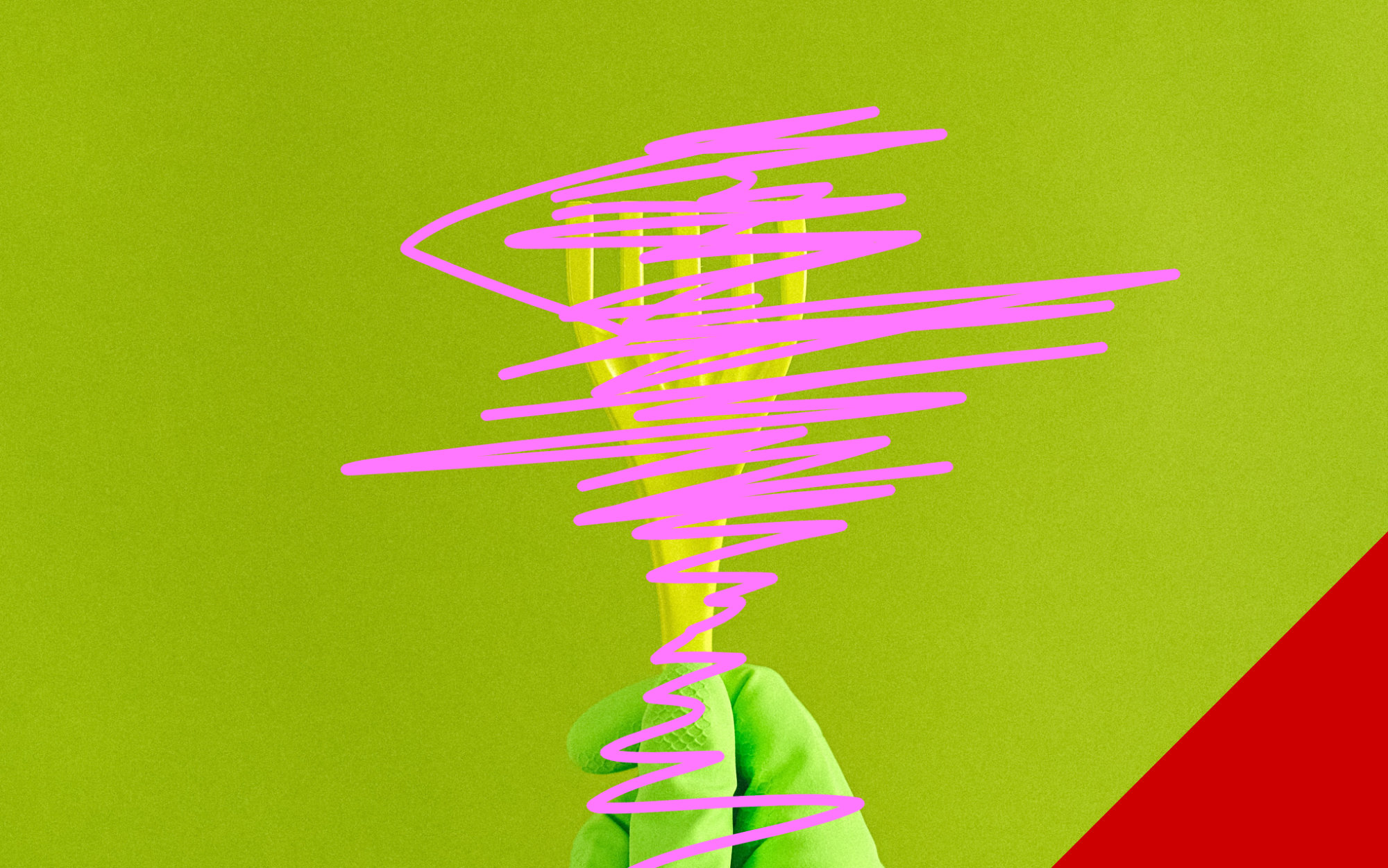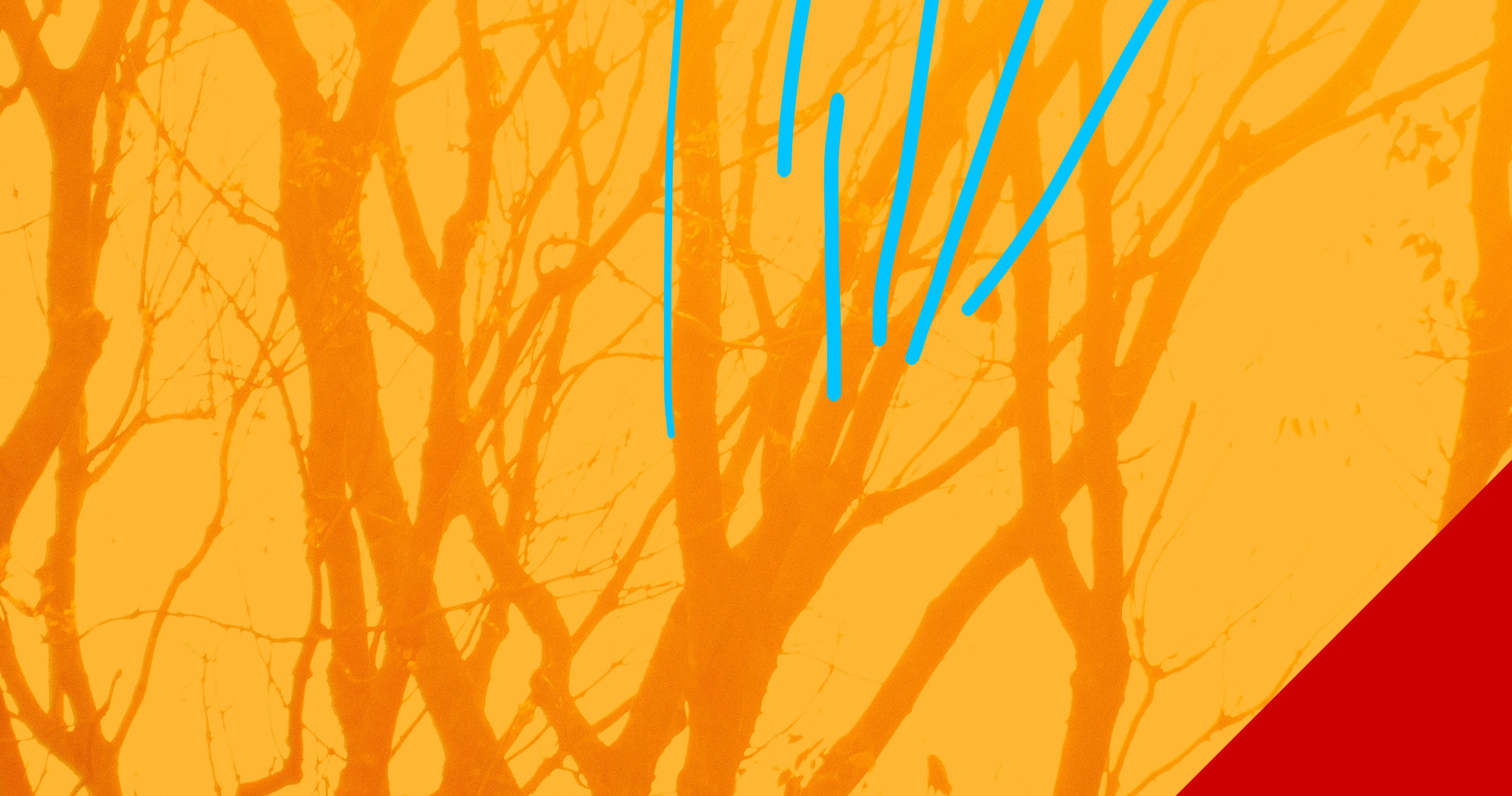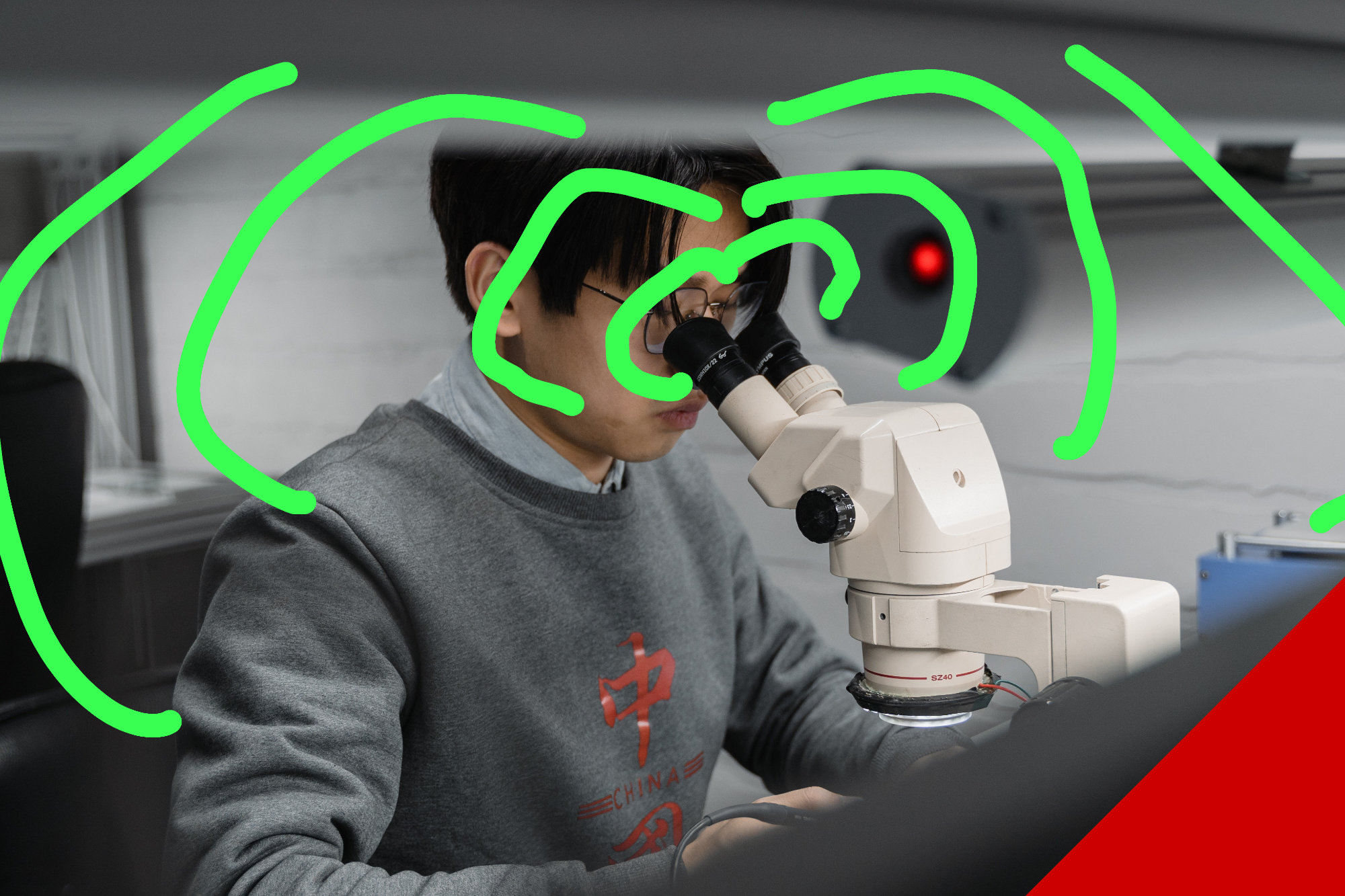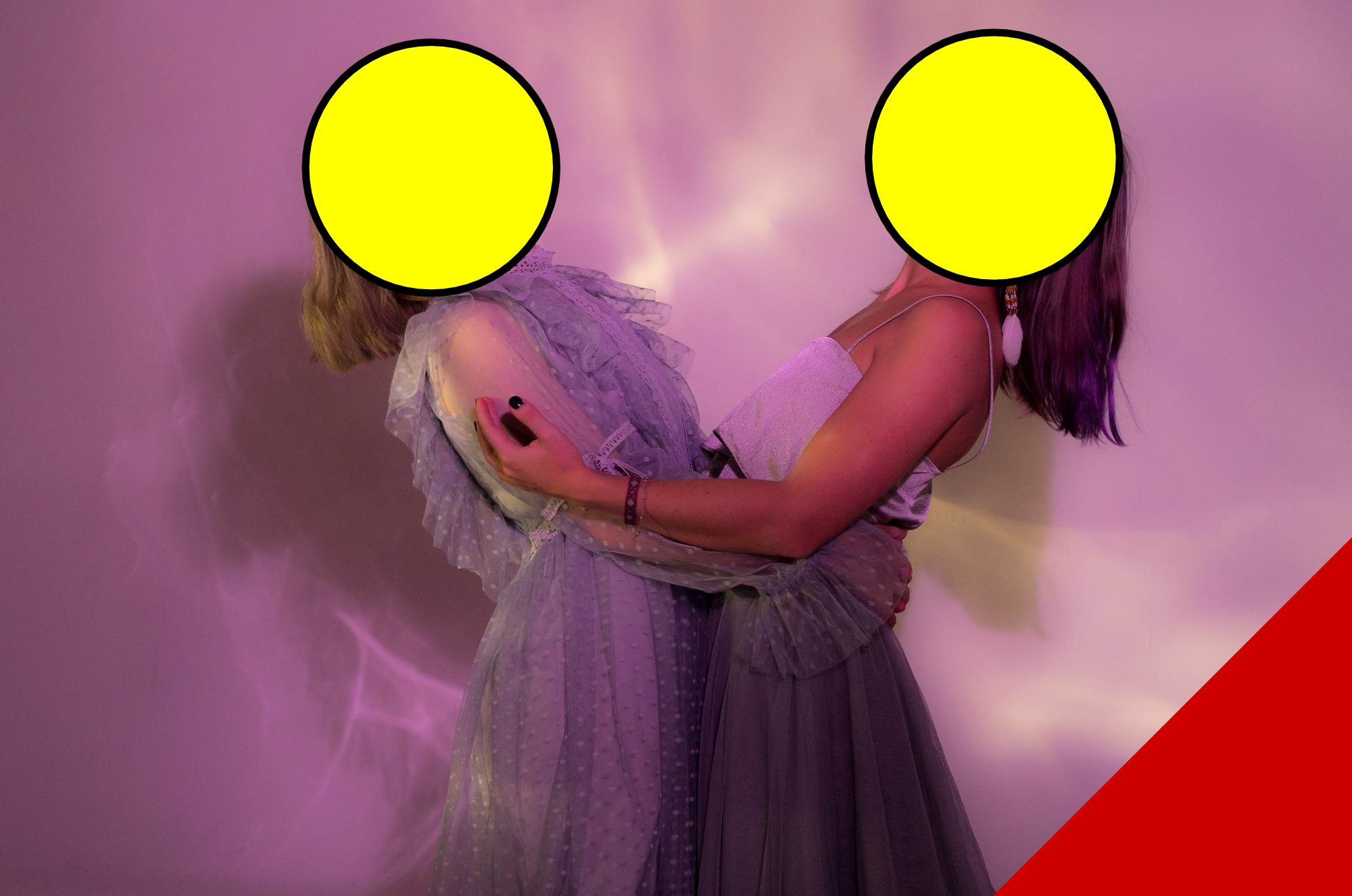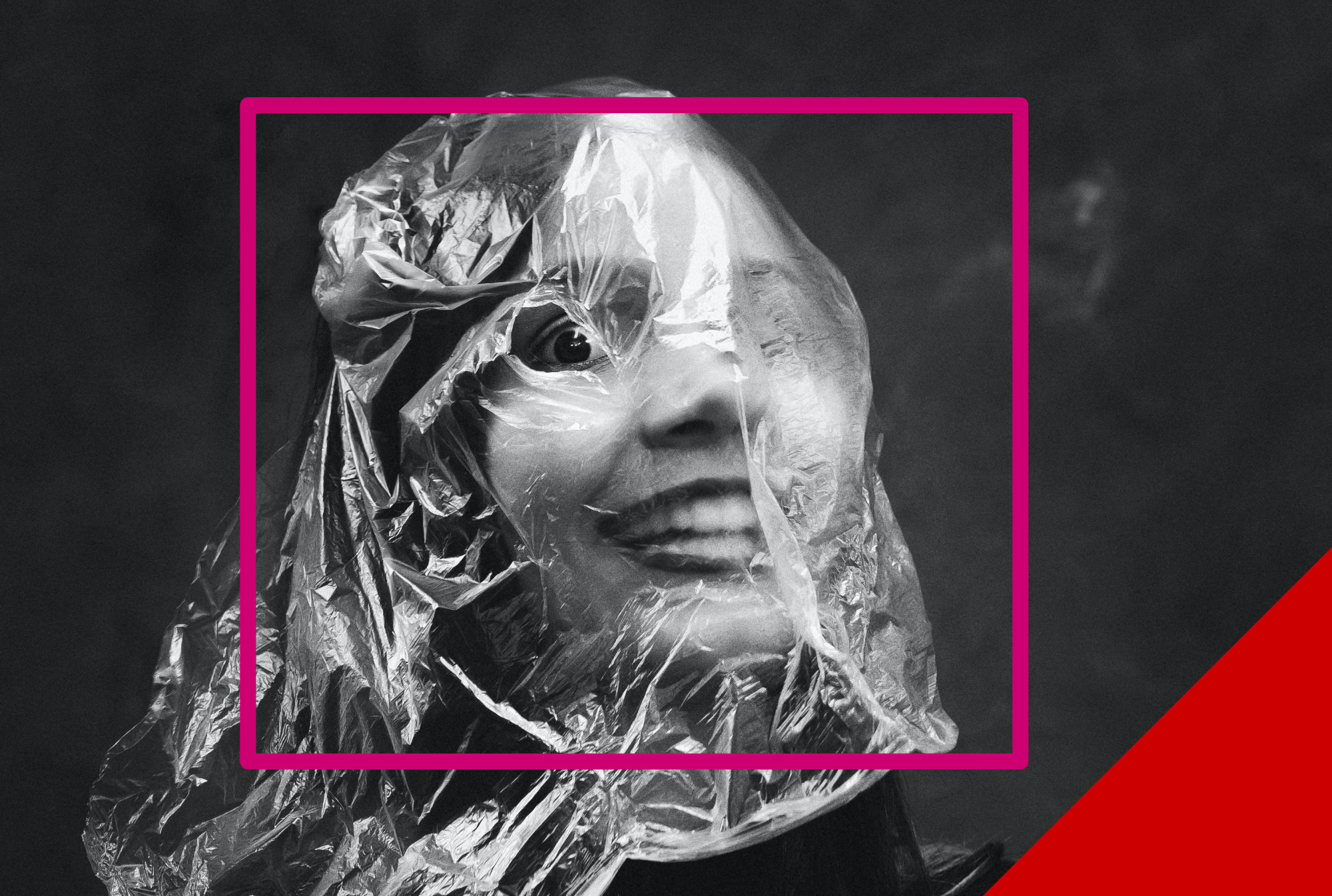
“Am I afraid of failure, or am I afraid of success?” The answer is easy.
You’re afraid of failure.
We’re afraid of failure. We’re afraid of public failure. Even when our work is private and we are “my own worst critic” we are trying to protect ourselves from public failure. We might think if we beat ourselves up enough we’ll never fail.
Failing in public evolutionarily means
- we’re flawed
- we’ll be rejected from our tribe
- we’ll die alone under some little scraggly Sub-Saharan tree
So, we’re not facing the failure of losing some money on a book launch. We’re facing annihilation.
Bring on Success
Success to the same part of our brains is great. It almost doesn’t register since we’re so hard wired to look for danger instead of safety.
What does register is the next level of failure. If I have a successful book launch, I’ll be more public. The public will have more expectation of me. I’ll be able to fail more majestically.
This matters because of the process
I get didactic about these word choices because I think it helps to get surgical in our mindsets. If I decide I’m afraid of success, the only way to be safe from success is to stay small. If we decide we’re afraid of failure, we can take some approaches to deal with that.
- Set up goals where we’re likely to succeed
- Appreciate that success is what we want even though it might not show up on our radar
- Set clear benchmarks for success
- Understand that the fear of failure is biological and not intentional
- Let ourselves fail in certain ways while sticking to the priorities
- Celebrate our success
Fear of success is a humblebrag
Maybe “fear of success” was a phrase made to communicate that our feelings are complicated. Maybe it was a way to mollycoddle people who are paralyzed by perfection.
It’s like saying “I’m a nice guy. That’s why I’m single.” NO. You’re single because you don’t have boundaries and you don’t clearly communicate the wholeness of who you are, so your aggression comes out in destabilizing ways!
As creators, we need action. We can say “I’m afraid of failure.” Our egos can handle it.
If our biggest obstacle is also our goal, we will not gamify life. We will not get started. We will not flow.

